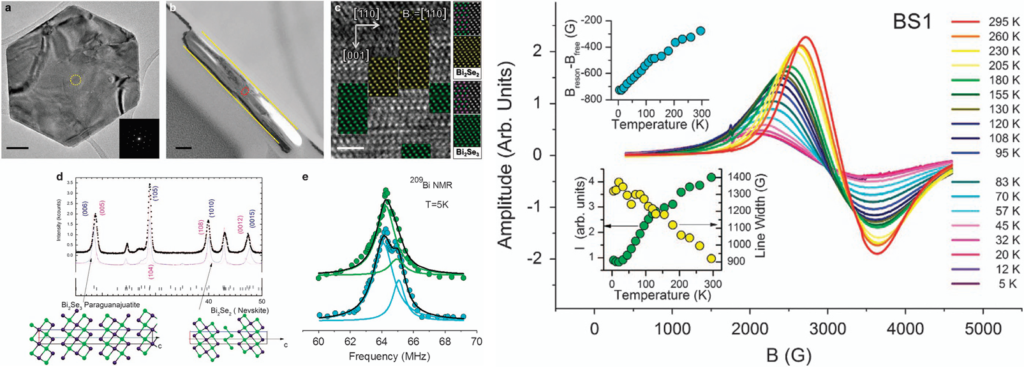Topological Materials
In the past decade there has been an explosion of interest regarding the role of topology in condensed matter physics. Undoubtedly, the most topical of the studied materials are topological insulators, hosting protected metallic electron states on their surface, as well as Dirac and Weyl semi-metals with the protected electron states residing in their bulk interior. In all these materials, both experiments and theory unveiled striking similarities with states of matter in High Energy Physics, such as Axions (particles that do not obey classical Maxwell electrodynamics and are expected to explain the missing dark matter of the Universe), or Majorana Fermions (particles with a dual particle-antiparticle nature) that have been predicted but never observed. This unique topology grants to the topological materials a number of distinct quantum properties related with unthinkable until today applications.
Currently, the state-of-the-art method to uncover the topological character of electrons in all classes of Topological Materials is Angle Resolved Photoemission Spectroscopy (ARPES), which provides exact information on the electron energy band structure at the materials surface. However, ARPES fails to detect Dirac and Weyl nodal points if they are located at energy higher than the Fermi level.
In the last year great part of our efforts have been devoted in the study of Topological Materials with state-of-the-art NMR methods, combined with advanced DFT calculations and sub-Angstrom resolved Transmission Electron Microscopy. This work is accomplished in collaboration with the Stockholm University (Sweden), the University of Lyon (France), the Korea Basic Science Institute (S. Korea), and the Khalifa university of Science and Technology at Abu Dhabi (UAE).


This is strong indication about the formation of static short ranged polarons.